Mushrooms are being transformed into sustainable luxury materials
The fashion and sportswear brands on a mission to create a greener future with fungi, from Stella McCartney to Lululemon
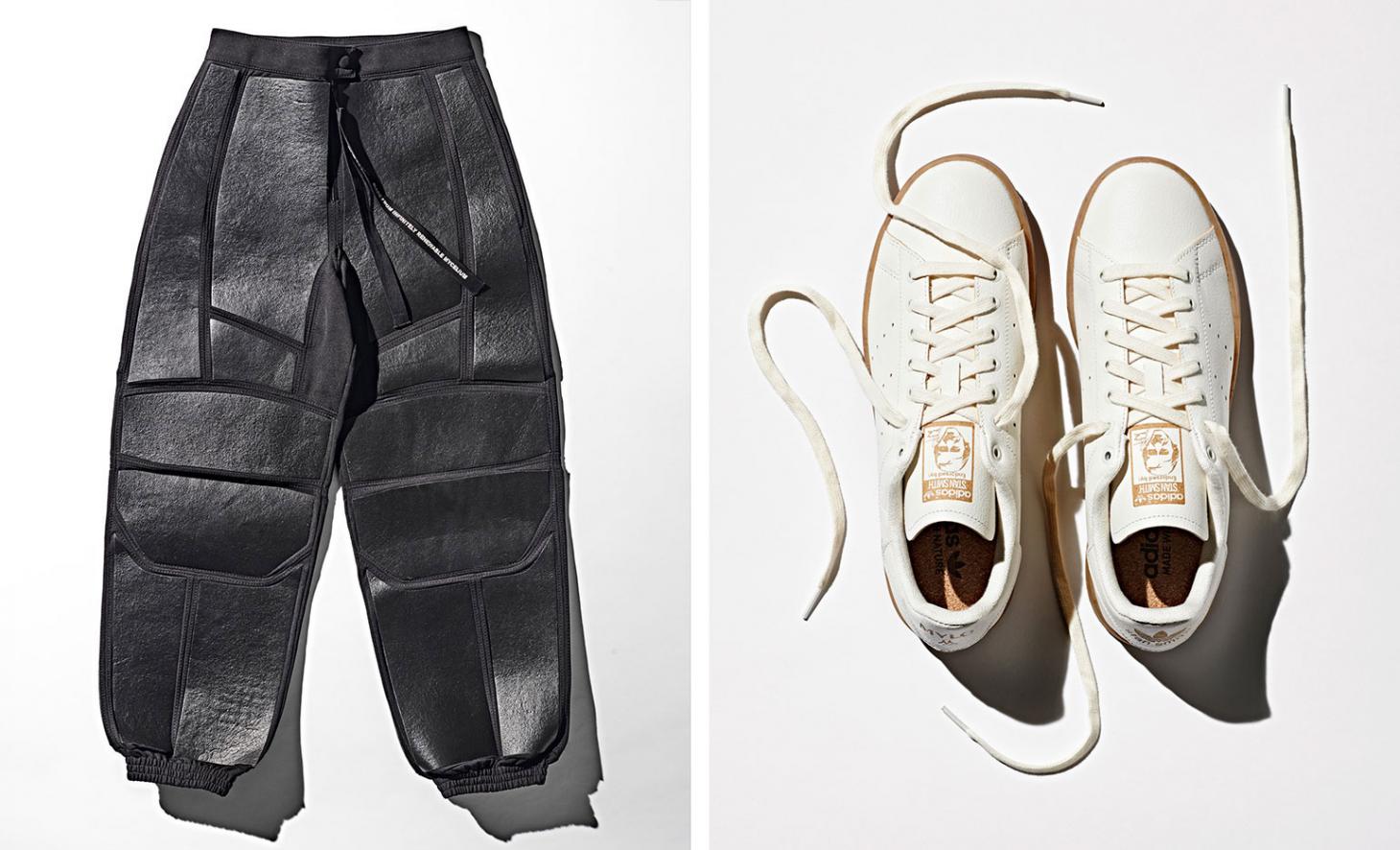
Mushrooms are currently enjoying a cultural renaissance beyond the kitchen. Psilocybin, the active ingredient in psychedelic ‘shrooms’, is being touted for use in the treatment of anxiety and depression, while Japanese snow fungus and fungi-derived kojic acid are believed to encourage a dewy, blemish-free complexion. Meanwhile, in science labs across the globe, start-ups are cultivating fungal innovations not only for the wellness and beauty industries, but for the fashion and sportswear sectors, too.
Mycelium, the thread-like root structures of fungi, has the ability to be transformed into sheets of biomaterial, remarkably similar in composition to durable, strong and softly patinated leather, piquing the interest of the fashion world. A kilogram of leather requires 17,000 litres of water to produce, farming livestock makes up approximately 14 per cent of global greenhouse gas emissions, and around 70 per cent of the Amazon’s deforested area is now used for cattle pastures, so the quest for more eco-friendly fabrics has fostered an increasing number of collaborations between luxury groups, labels and scientific start-ups.
In October last year, Adidas, Stella McCartney, Lululemon and Kering (which owns the likes of Saint Laurent, Gucci and Balenciaga) announced they had teamed up to form the Mylo consortium, a partnership with Silicon Valley material solutions firm Bolt Threads, aimed at commercialising Mylo, a supple, mycelium-derived alternative to leather. Meanwhile, in March this year, Hermès unveiled its partnership with MycoWorks, reimagining the fashion house’s classic ‘Victoria’ travel bag in sylvania, a mushroom leather created using the Californian biotechnology company’s patented Fine Mycelium technology.
The magical materiality of mushrooms
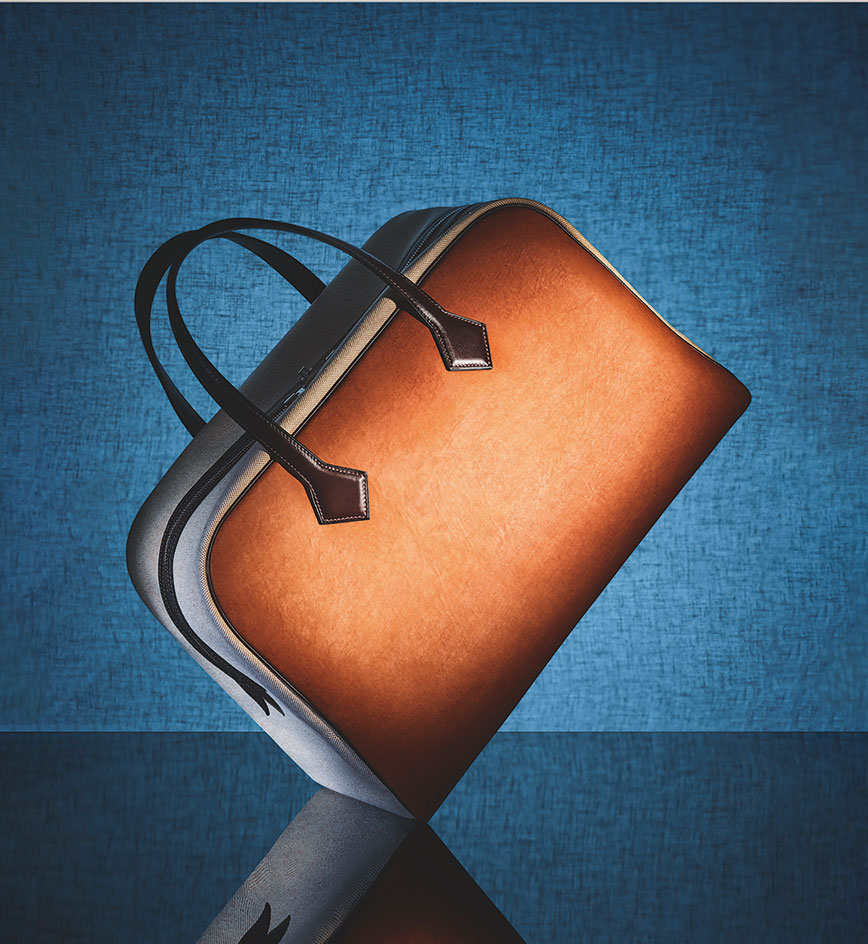
Prototype of a ‘Victoria’ travel bag in sylvania, canvas and calfskin, by Hermès.
One benefit of mycelium is its ability to be cultivated with less of an environmental impact than petroleum- or animal-derived products. Bolt Threads’ Mylo is cultivated in indoor vertical farming facilities, where mycelial cells are fed sawdust and organic matter in climatic conditions similar to the forest floor. Mycelium is grown into a foamy mushroom-like layer, which is harvested, processed and dyed into sheets. At MycoWorks’ California facilities, the Fine Mycelium is grown in proprietary trays, designed to induce optimal conditions. ‘We capture data at every stage of growth, which is then used to refine each sheet’s strength, flexibility and thickness, according to our partners’ specifications,’ says Matt Scullin, MycoWorks’ CEO.
It’s prescient that Hermès, famed for its leather making, is making moves towards mycelium. ‘Since its earliest days, the maison has created new materials that respond to the needs and uses of our time,’ says Hermès’ artistic director Pierre-Alexis Dumas of the three-year development of sylvania, which has been crafted to ‘complement, not replace’ its current offering. Dumas praises the material for being ‘surprisingly plump, springy and incredibly soft’.
RELATED STORY
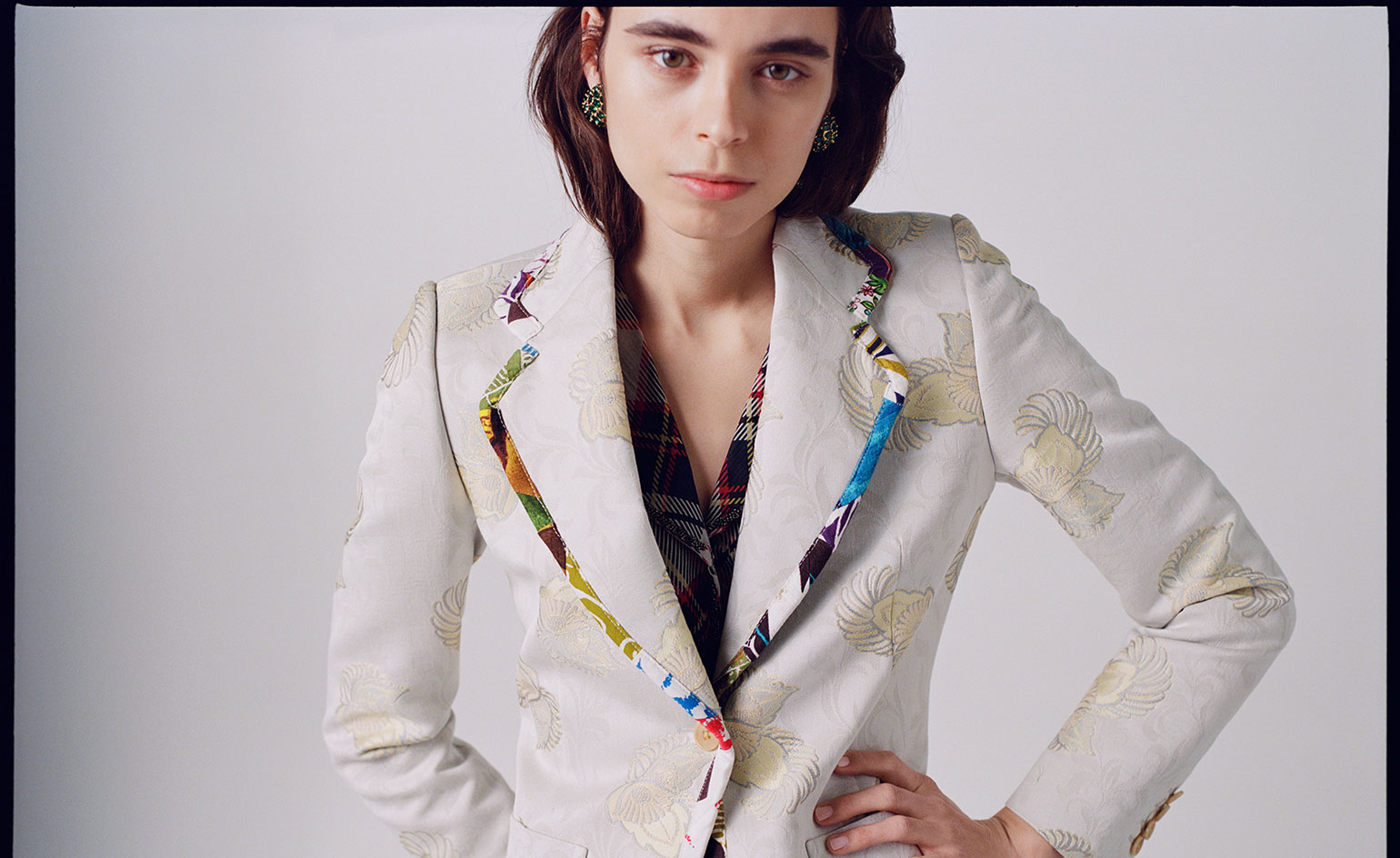
ReCollection 01, by The RealReal
Wallpaper* Newsletter
Receive our daily digest of inspiration, escapism and design stories from around the world direct to your inbox.
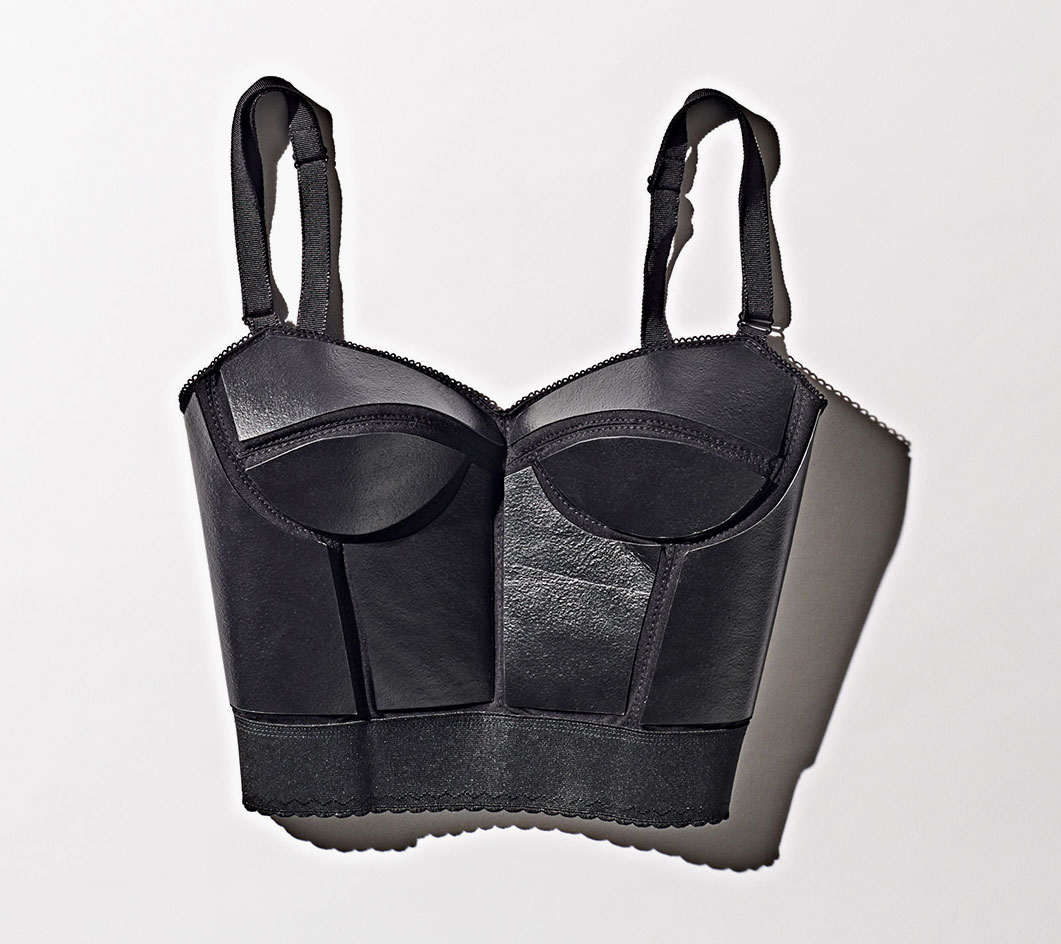
Mylo bra top, by Stella McCartney, and Bolt Threads
To create Mylo, rigorous R&D and testing processes are carried out by Bolt Threads’ team of scientists. ‘We try many different avenues at once of any material,’ says the company’s VP of product development, Jamie Bainbridge, who is thrilled by the breadth of the brands that Bolt Threads is collaborating with. ‘They all have different market constraints and product creation cycles,’ she says. ‘But they’re all invested long term in our journey.’
Stella McCartney, who has never used leather, feathers, fur or skin in her designs, first began working with Bolt Threads back in 2016, later unveiling a Mylo prototype of the brand’s signature ‘Falabella’ handbag. In March this year, McCartney debuted the second design in her Mylo mission, a black bustier top and trousers in recycled neoprene with mycelium leather panels. ‘I chose to create ready-to-wear pieces to show the true breadth of what this material can do, which, in turn, is a world first,’ she explains. A month later, Adidas debuted its first Mylo design, a version of its signature Stan Smith trainers, with a mycelium leather upper, marking the first time Mylo has been used in footwear. ‘It has become the brand’s franchise shoe for innovation,’ says Bainbridge about the Stan Smith. In November 2019, the German sportswear behemoth teamed up with McCartney on a vegan iteration while, in March this year, it unveiled a version crafted from Primegreen, a performance fabric that contains no virgin plastic.
In July, Lululemon also showcased its debut Mylo designs, two yoga bags that will go on sale in early 2022, alongside a conceptual mat made entirely from mycelium leather. ‘Leveraging a material like Mylo demonstrates our commitment to creating a healthier environment through lower-impact products,’ explains Lululemon’s chief product officer Sun Choe. ‘The feel and performance of our fabrics and materials is key to product experience.’
There has been a clear shift in the fashion industry’s mindset towards learning from the natural world rather than plundering it. ‘We’re harnessing whatever nature has designed to make materials for our use,’ says Bainbridge. McCartney adds, ‘It’s so encouraging to see this shift. We need more designers helping to implement this, taking responsibility, making changes and not being afraid.’
INFORMATION
This article appears in the August 2021 issue of Wallpaper* (W*268), now on newsstands and available for free download
-
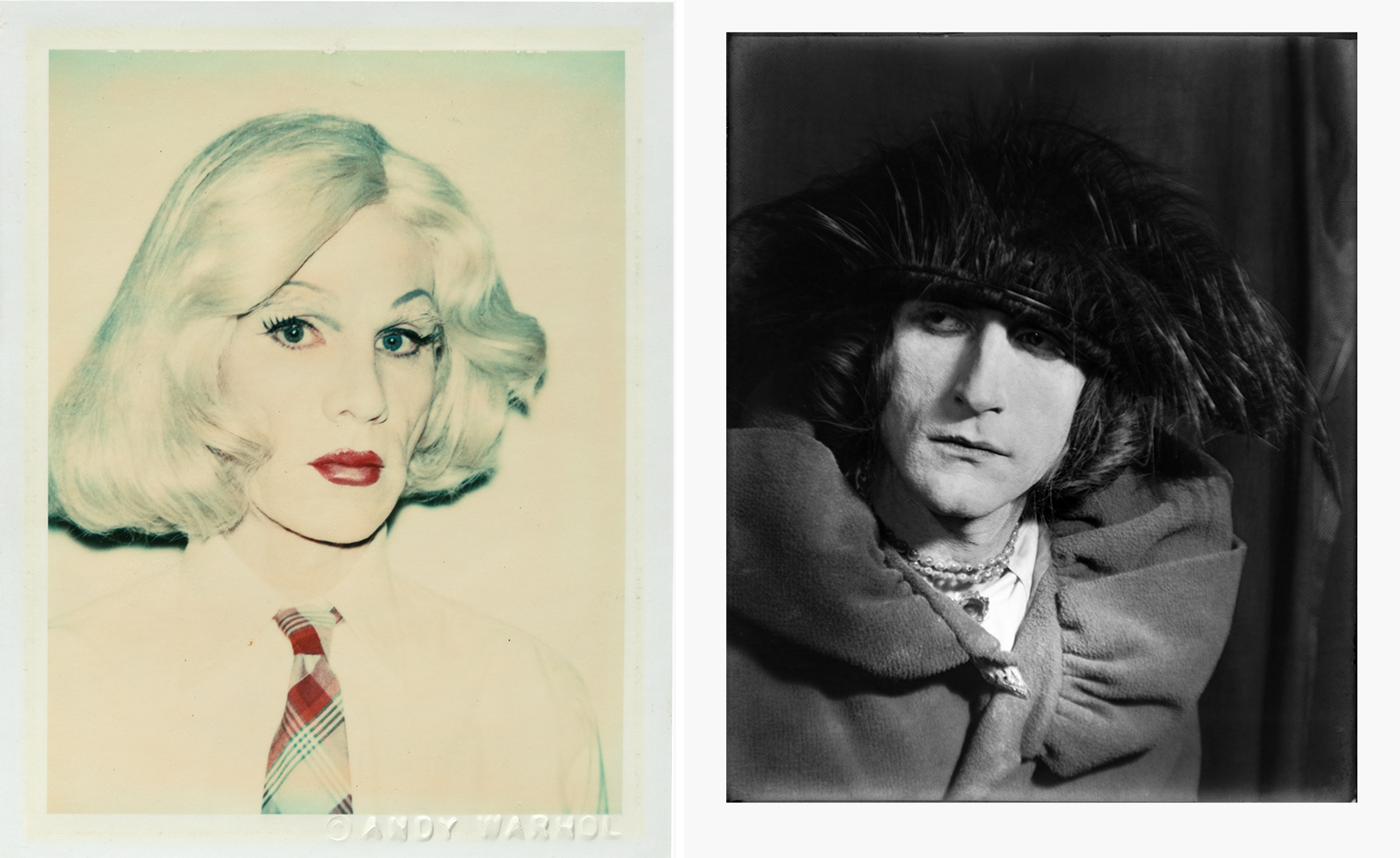 From Rembrandt to Warhol, a Paris exhibition asks: what do artists wear?
From Rembrandt to Warhol, a Paris exhibition asks: what do artists wear?‘The Art of Dressing – Dressing like an Artist’ at Musée du Louvre-Lens inspects the sartorial choices of artists
By Upasana Das
-
 Meet Lisbeth Sachs, the lesser known Swiss modernist architect
Meet Lisbeth Sachs, the lesser known Swiss modernist architectPioneering Lisbeth Sachs is the Swiss architect behind the inspiration for creative collective Annexe’s reimagining of the Swiss pavilion for the Venice Architecture Biennale 2025
By Adam Štěch
-
 A stripped-back elegance defines these timeless watch designs
A stripped-back elegance defines these timeless watch designsWatches from Cartier, Van Cleef & Arpels, Rolex and more speak to universal design codes
By Hannah Silver
-
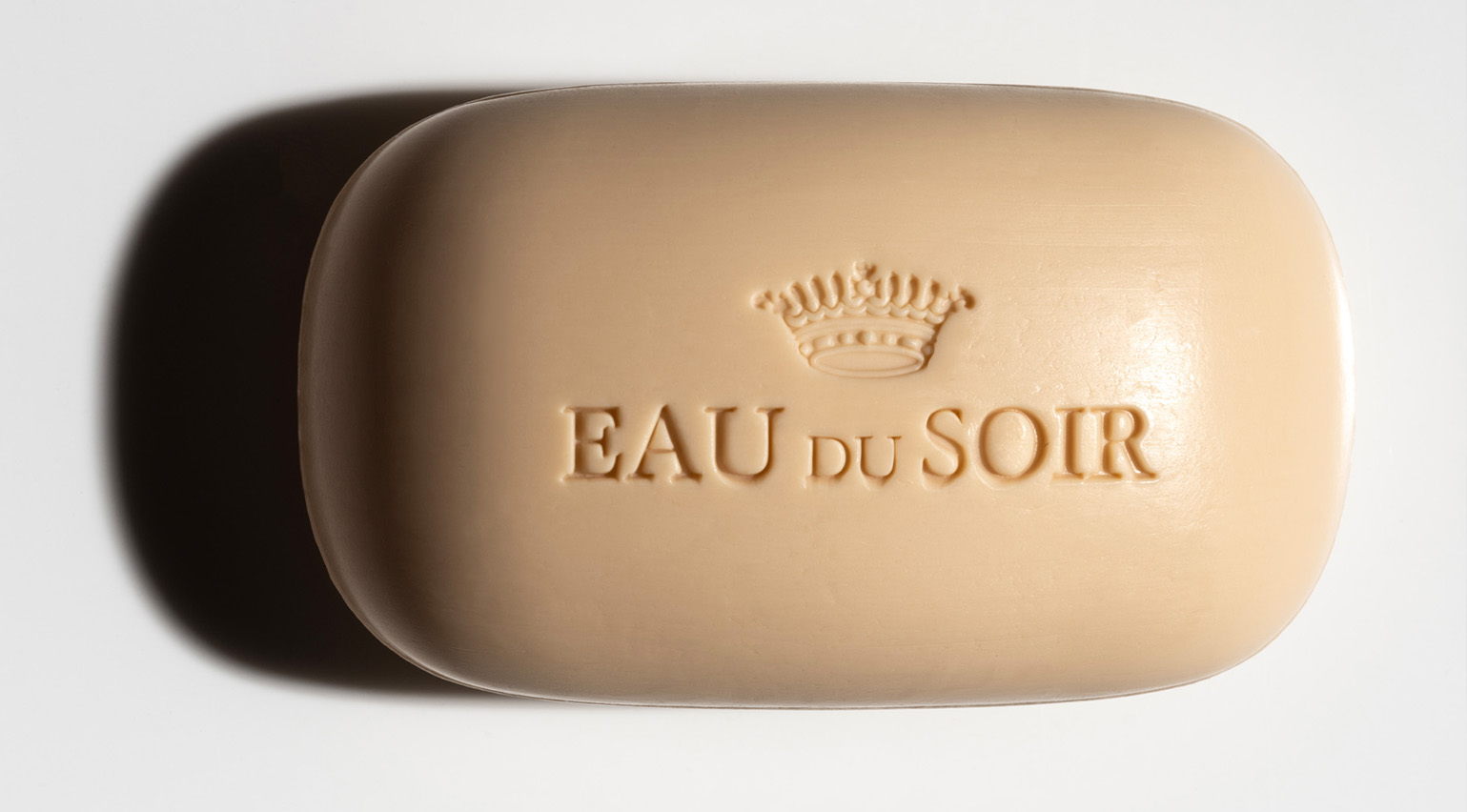 Unboxing beauty products from 2024, as seen on the pages of Wallpaper*
Unboxing beauty products from 2024, as seen on the pages of Wallpaper*Wallpaper's 2024 beauty picks included Chanel lipstick, Bottega Veneta perfume and solid soap from the likes of Aesop, Celine, Diptyque, Hermès and Sisley
By Hannah Tindle
-
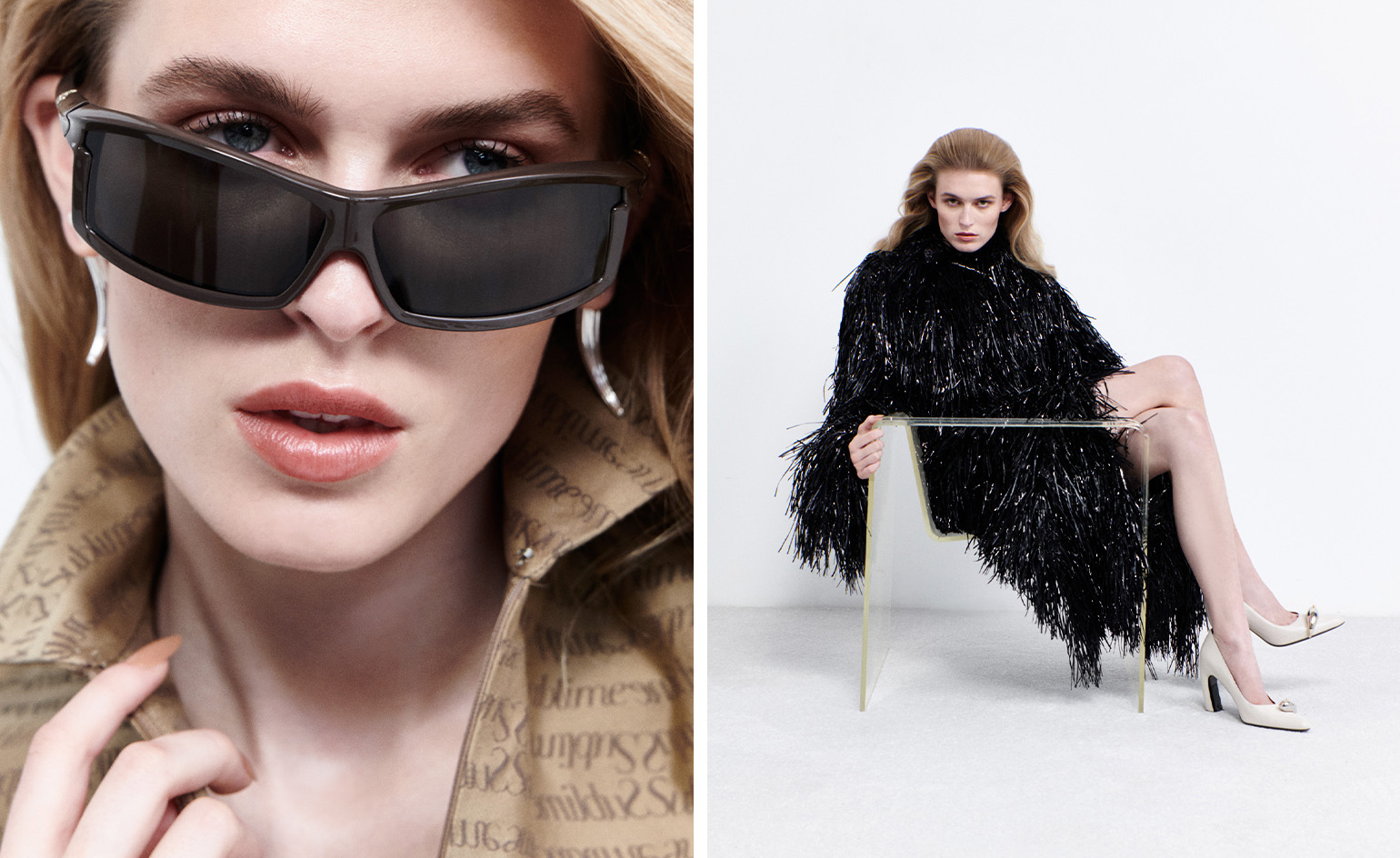 These illuminating fashion interviews tell the story of style in 2024
These illuminating fashion interviews tell the story of style in 2024Selected by fashion features editor Jack Moss from the pages of Wallpaper*, these interviews tell the stories behind the designers who have shaped 2024 – from Kim Jones to Tory Burch, Willy Chavarria to Martine Rose
By Jack Moss
-
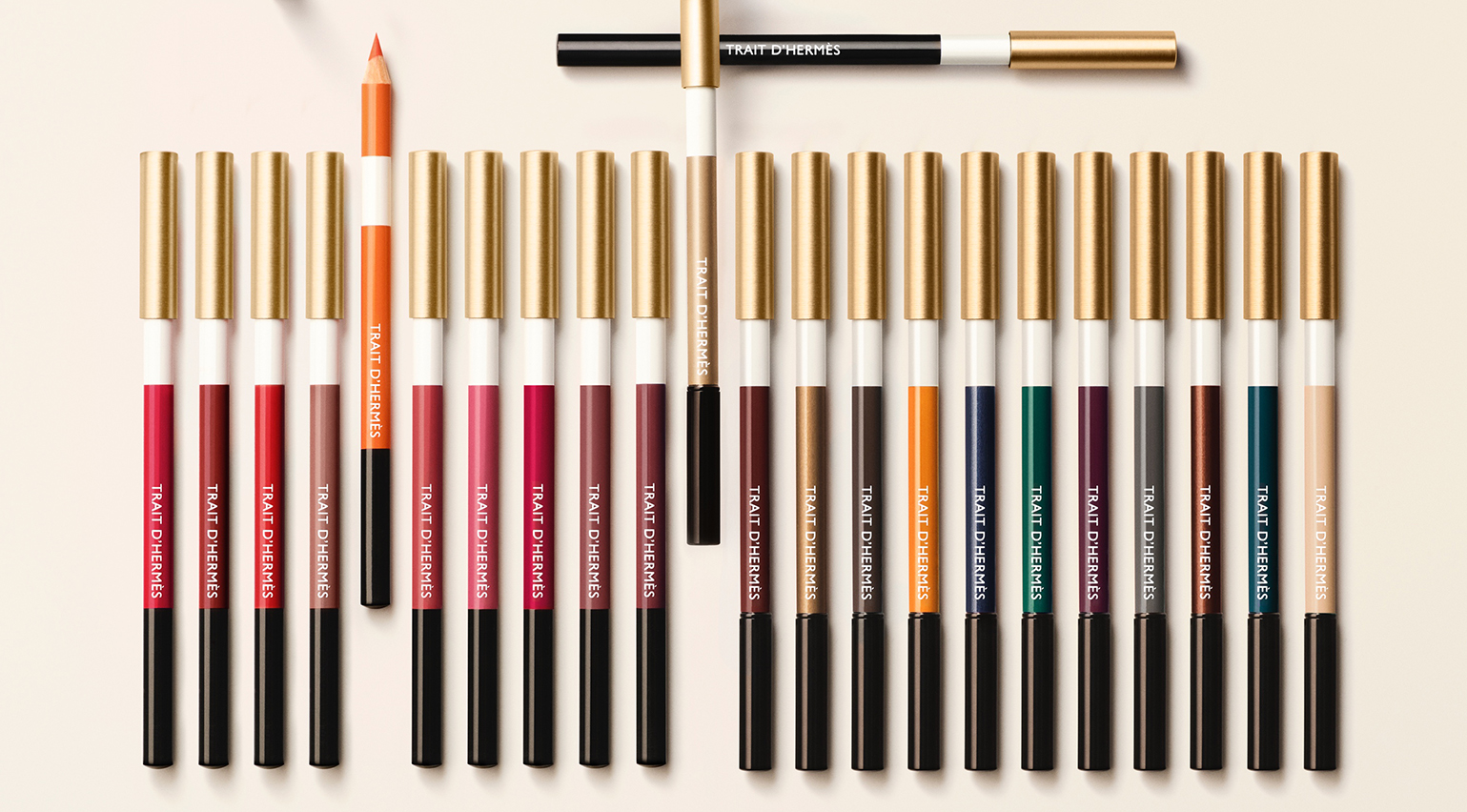 Hermès Beauty’s eye and lip pencils invite playfulness with colour and texture
Hermès Beauty’s eye and lip pencils invite playfulness with colour and textureHermès Beauty’s creative director Gregoris Pyrpylis has added to the ‘Trait d’Hermès’ collection with a set of eye and lip liners in kaleidoscopic colours. Here, he speaks to Wallpaper* about their playful design
By Hannah Tindle
-
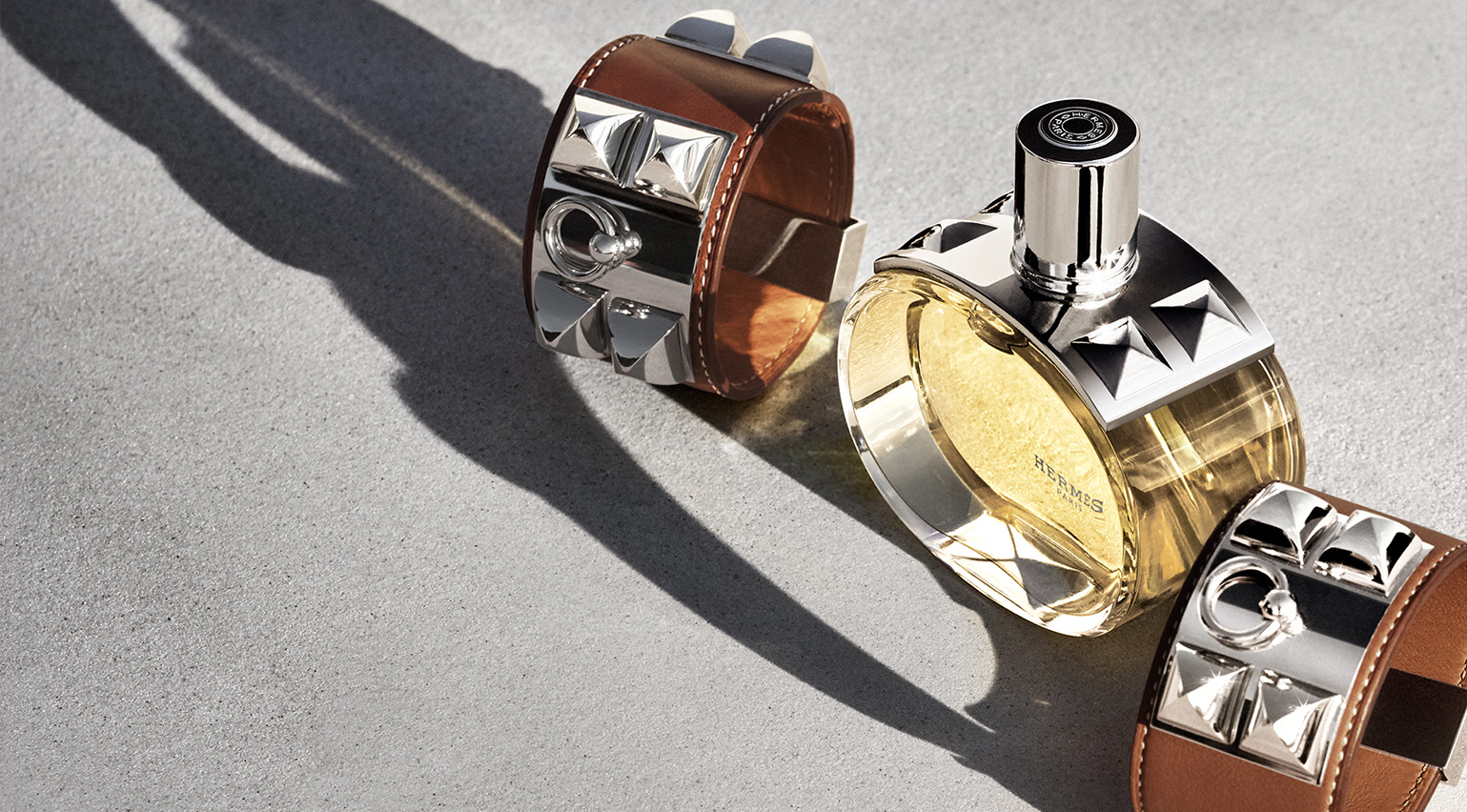 The story behind Hermès’ ‘Barénia’, a perfume that took nearly ten years to make
The story behind Hermès’ ‘Barénia’, a perfume that took nearly ten years to makeHermès’ ‘Barénia’ is the house’s first-ever chypre fragrance. Christine Nagel tells Wallpaper* why it was almost ten years in the making
By Hannah Tindle
-
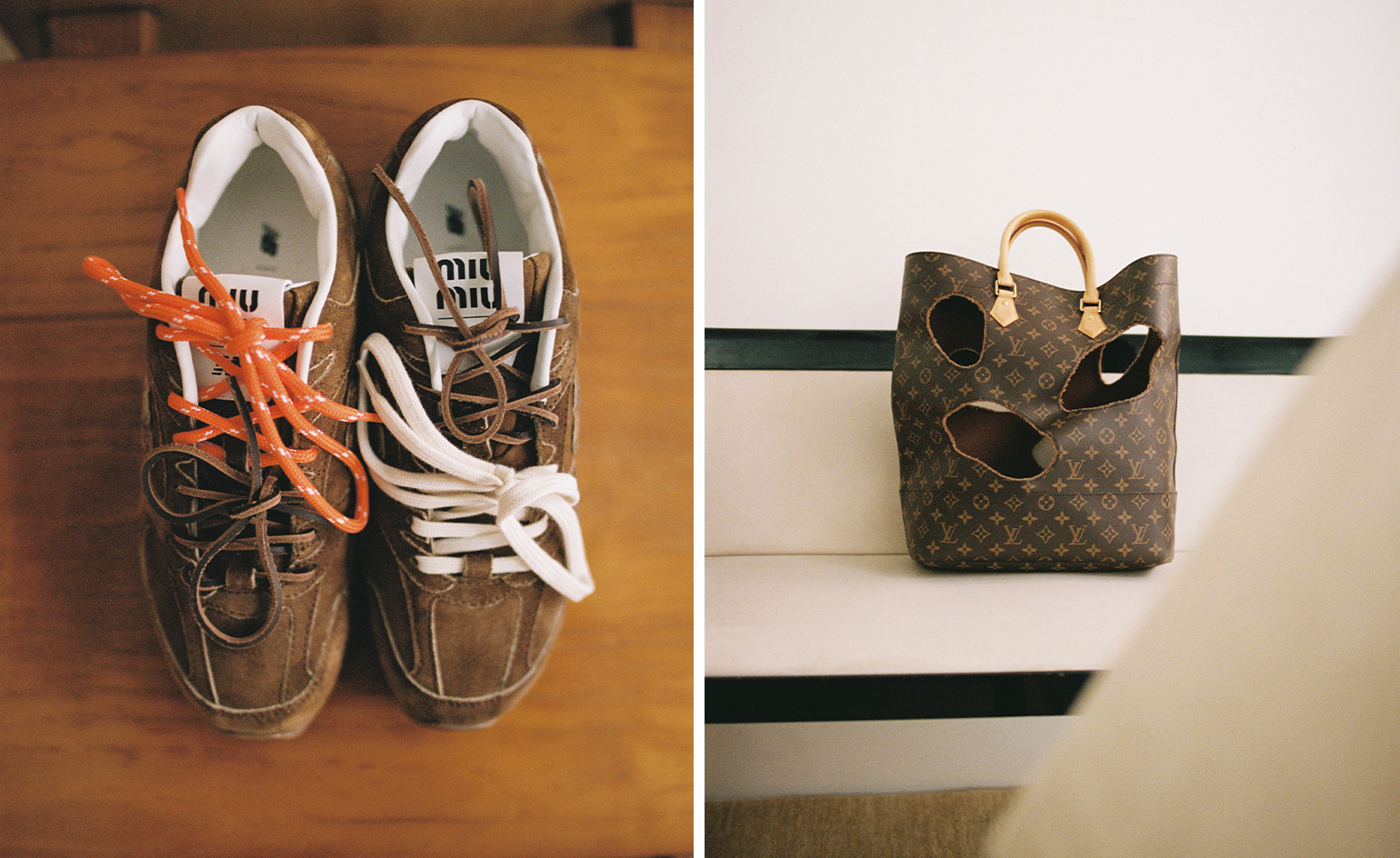 Sourcewhere is the app helping you find the rarest fashion grails
Sourcewhere is the app helping you find the rarest fashion grailsSourcewhere uses a network of experts and personal shoppers to source rare vintage and limited-edition fashion, from Phoebe Philo’s Céline to Margiela-era Hermès. Here, founder Erica Wright tells Wallpaper* why it’s reflecting a wider change in the way people shop luxury fashion
By Mary Cleary
-
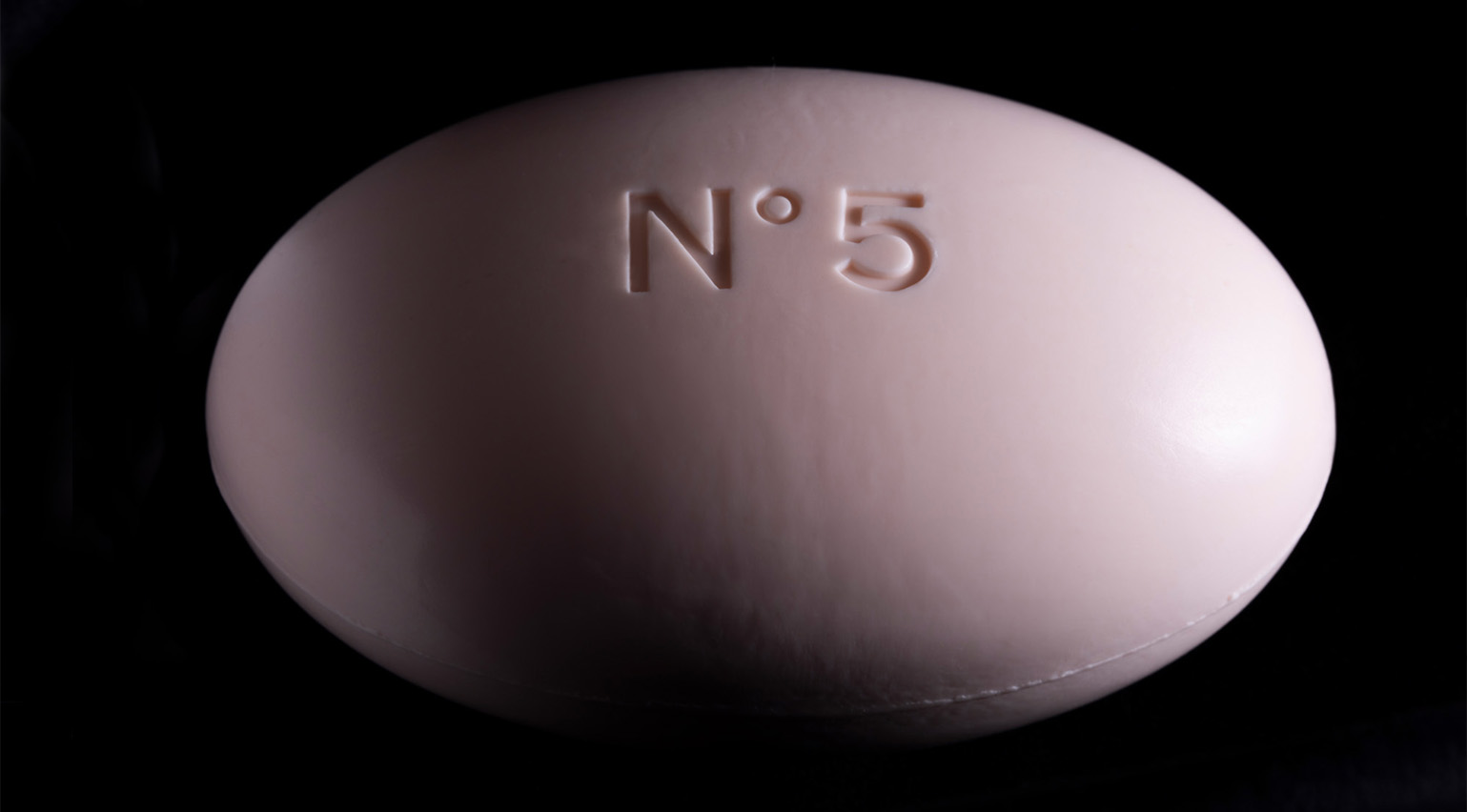 Why solid soap is the most pleasurable object to bathe with
Why solid soap is the most pleasurable object to bathe withSolid soap provides a tactile bathing experience like no other. Hannah Tindle explores why in the September 2024 Style Issue of Wallpaper*, with soaps by Chanel, Celine, Diptyque, and more, photographed by Sophie Gladstone
By Hannah Tindle
-
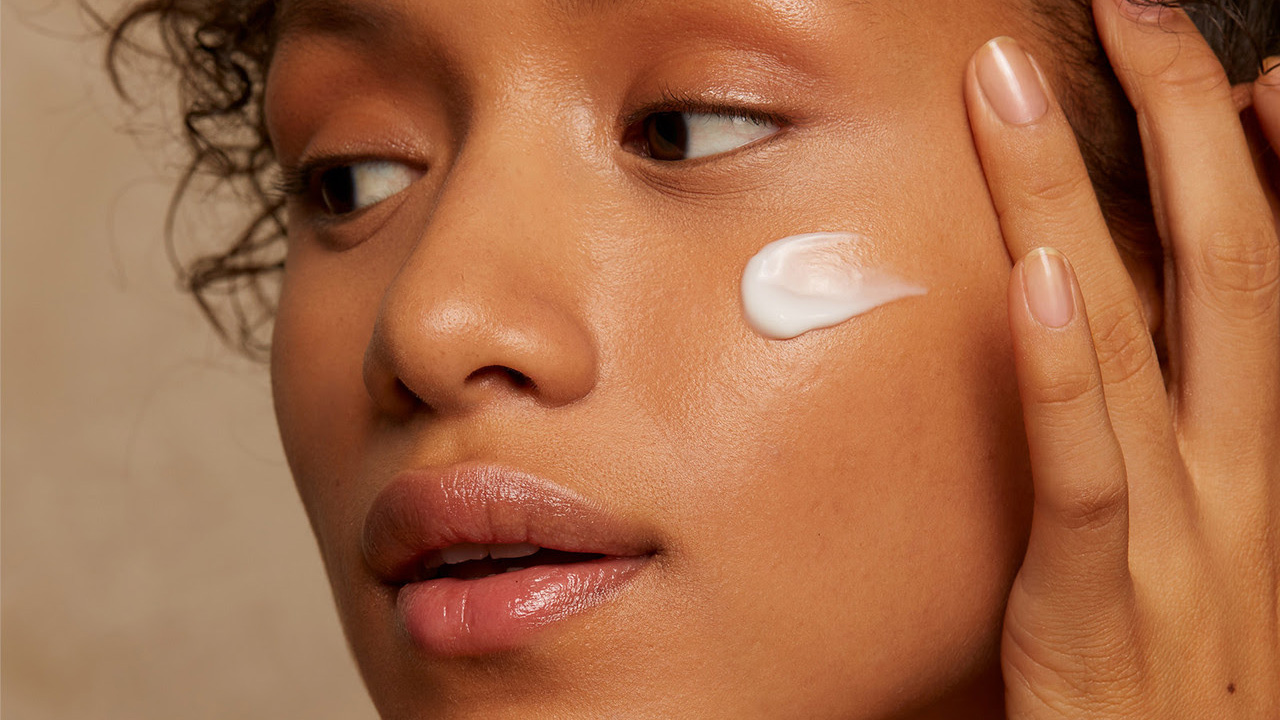 The best sunscreens for your face, selected by the Wallpaper* beauty editors
The best sunscreens for your face, selected by the Wallpaper* beauty editorsThis list of the best sunscreens for your face has been compiled by Wallpaper* editors Mary Cleary and Hannah Tindle, who are highly selective about SPF
By Mary Cleary
-
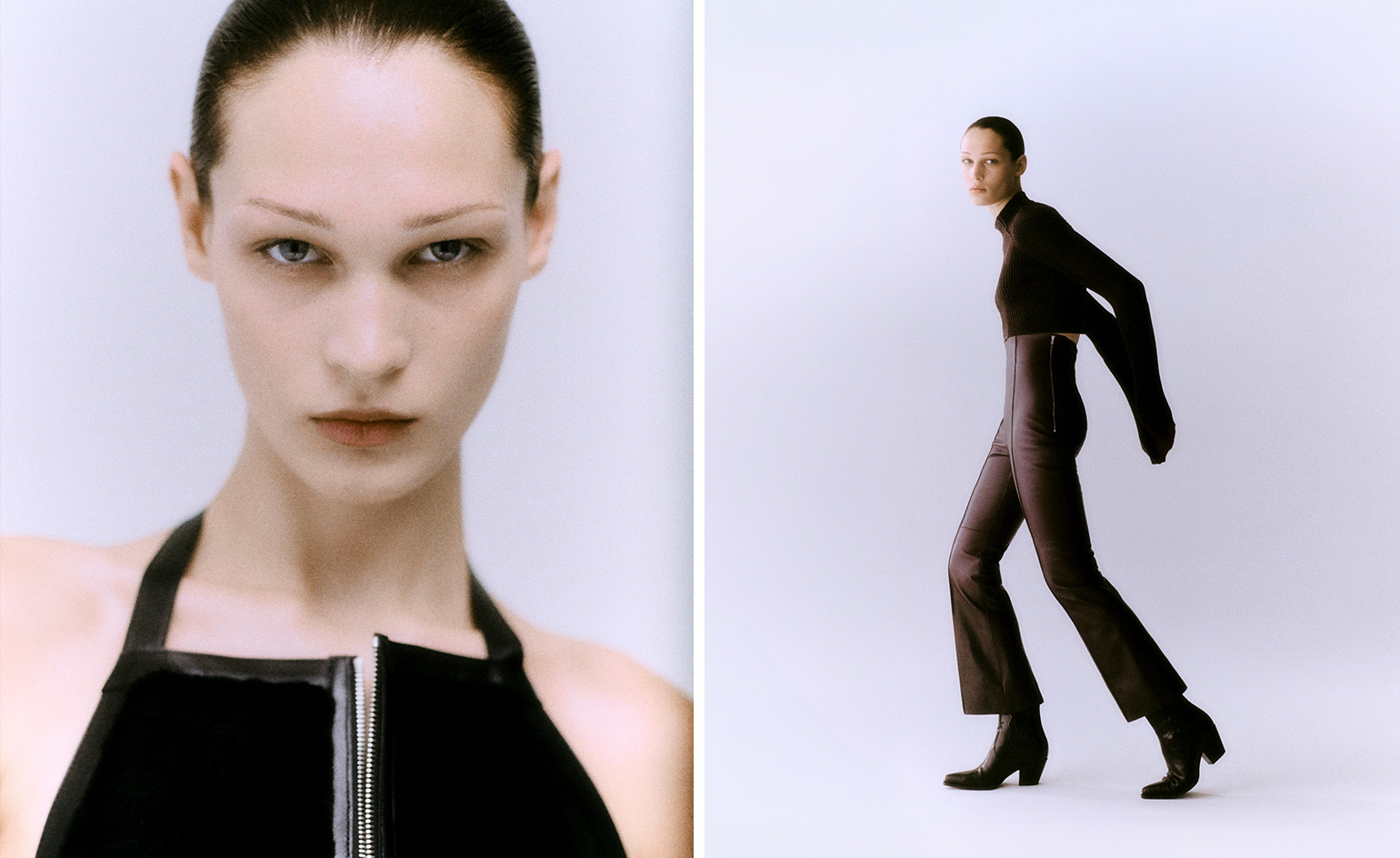 ’What is the life of a woman?’: Nadège Vanhée on a decade of womenswear at Hermès
’What is the life of a woman?’: Nadège Vanhée on a decade of womenswear at HermèsFor the past ten years, Nadège Vanhée, head of womenswear at Hermès, has steered the French maison on a quietly rebellious path, exploring notions of contemplation, liberation and sensuality. Speaking to fashion features editor Jack Moss, she unpacks her evolution
By Jack Moss